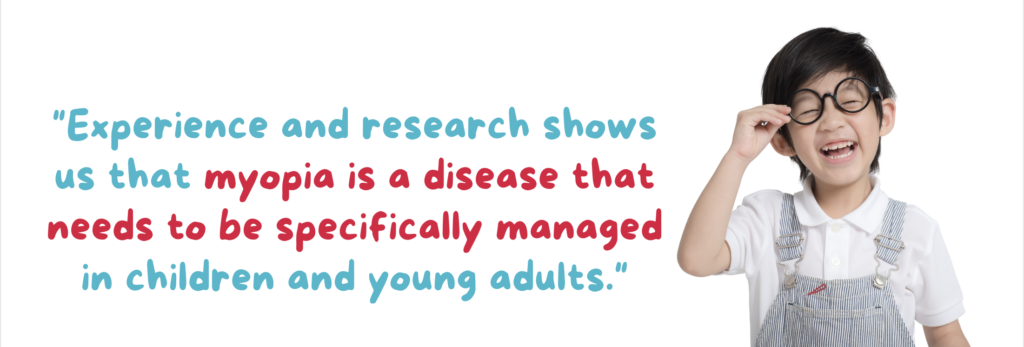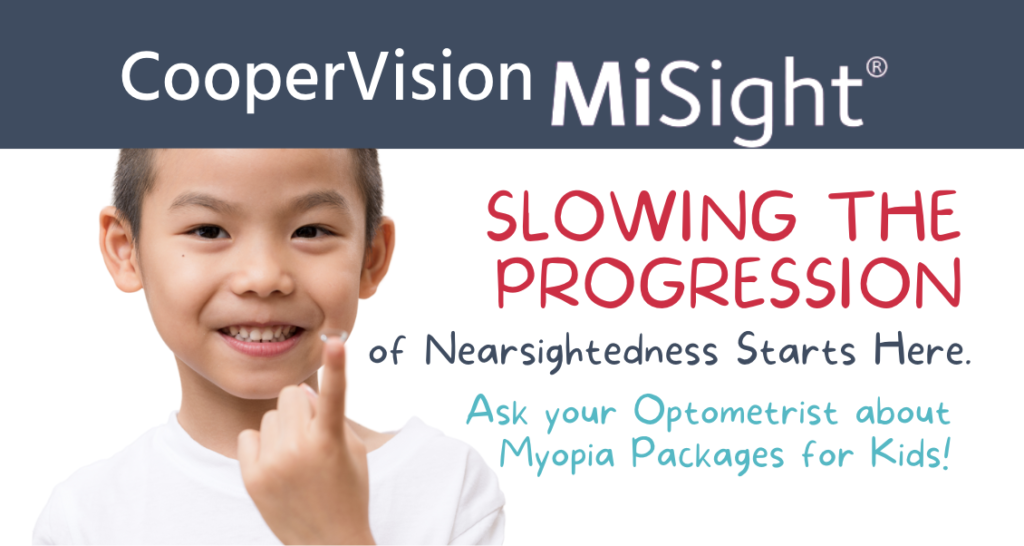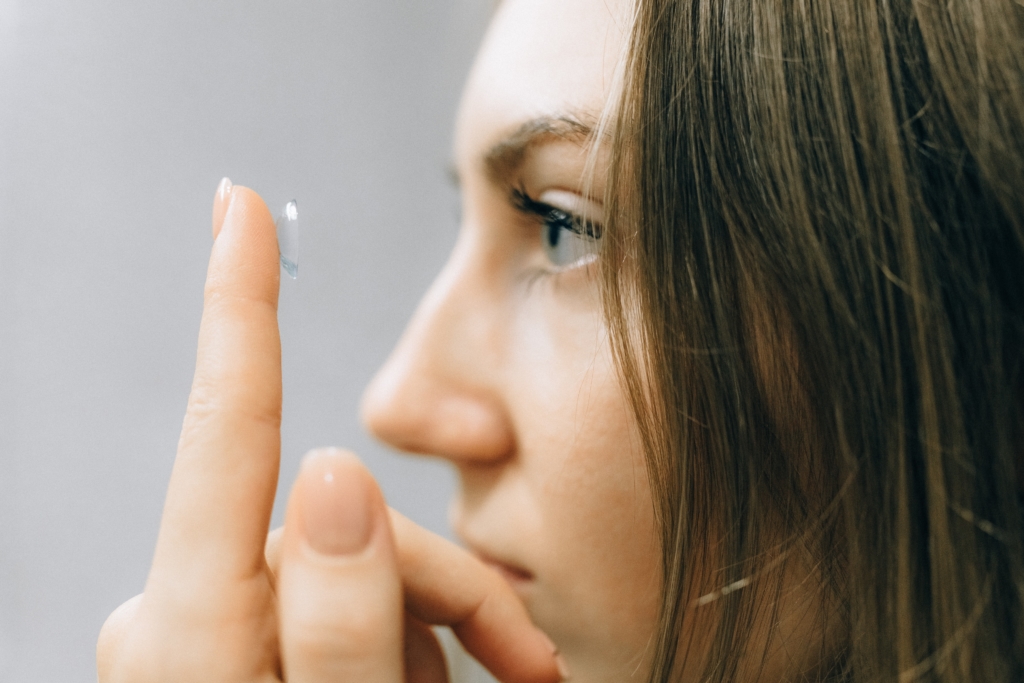HELPING OUR COMMUNITY MAINTAIN HEALTHY LEVELS OF VISION
Myopia, commonly known as nearsightedness, is a vision condition in which an individual can see near objects clearly, but objects farther away seem blurry. Myopia is typically managed with glasses or daytime contact lens wear. At Brenart Eye Clinic, we offer treatments for children and young adults to slow down the progression of nearsightedness. These treatments include Atropine drops, specialty soft contact lenses, multifocal glasses, and Orthokeratology.
To learn more, watch the video below and then call to schedule an appointment with a doctor from our Myopia Control team.


